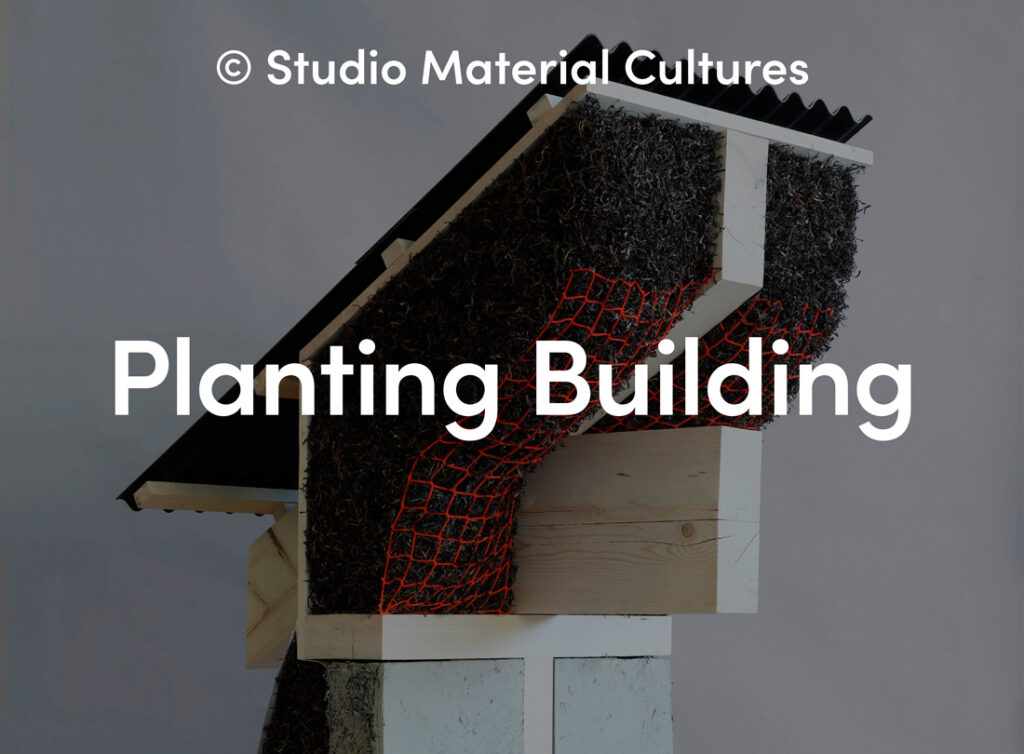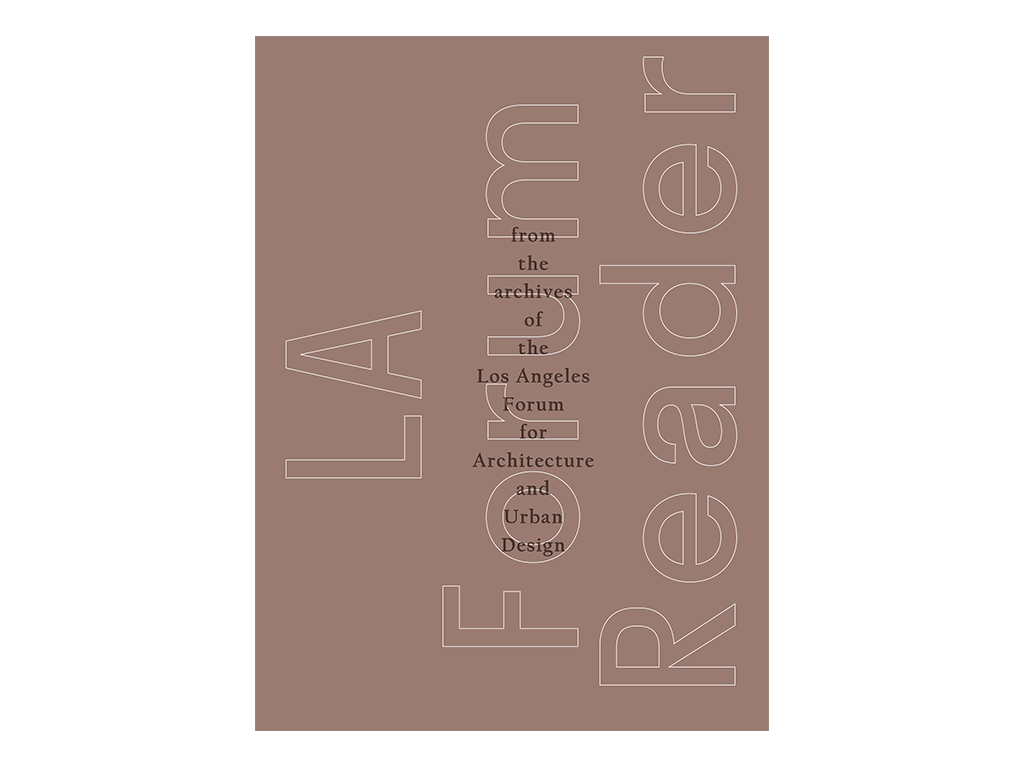Architecture is in need of care – dependent on maintenance, cleaning and daily upkeep to sustain its existence. From its beginnings architecture has been conceived of as a shelter for the protection of human life. Architecture protects us and therefore we care for it. By understanding architecture and care in this manner, it is possible to connect it to the concepts of social reproduction and its everyday labour as well as to the deficiency of a reproducible resources at an environmental scale. From this perspective, care in architecture is thus concerned with a ‘politics of reproduction’ – a political critique of the current struggles not only with respect to the global labour force but also within the terrain of climate change.
Architecture is indispensable for the life, wellbeing and survival of humans. Anybody – any body – relies on architecture as a sheltered space to eat, take care of bodily needs, sleep, rest, and to interact with each other in corporeal, emotional, and intellectual exchanges, providing a home for these basic activities. To inhabit a home that allows for the performance of these everyday acts tied to social reproduction is called living . Of course the concept of living extends far beyond homemaking and the household. However, it is crucial to draw attention to its verb – to live – which implies two critical aspects: to occupy a home and to maintain oneself. To do both is to be alive – aliveness . This interconnectedness of architecture and human life at the ontological, political and economic level leads to the question of care. Commonly, care is held to involve concrete activities that take place between a care giver and a care receiver. Political scientist Joan Tronto has argued that care is always political since the relation between the care giver and the care receiver is a power relation. [1] Historically architecture has always been closely linked to questions revolving around the politics of representation, control and discipline in which built form and symbolic expression facilitate ruling regimens and dominant power structures. However, it is also important to see architecture as an empowering support for everyday living and social reproduction. Housing enables living and its required infrastructures to exist; it provides an agency that reveals both as a matter of care. Activist theory and critical scholarship have started to draw attention to the consequences of the lack or continued failures to support these infrastructures as they lead to or perpetuate precarisation, rendering human life uncared for, vulnerable and exposed. [2] Locating architecture and infrastructural support structures within the interdependency of humans – and non-humans – acknowledges that the support of human life goes beyond the discourse of rights and moral arguments. Rather, it reveals architecture as a condition for care which is ‘concomitant to the continuation of life’. [3]
This condition of interdependency extends the perspective of care in architecture to more than human entanglements and asks for a radical shift in the relation between the natural and built environments. At the time of writing this glossary entry two critical and related initiatives are taking place. Following a call from Greta Thunberg and her Fridays for Future programme, an international movement of school students are taking to streets and spaces across the globe in demonstrations for environmental policy change. In London, the direct action organisation Extinction Rebellion XR is making calls for global action against the climate breakdown, largescale civic disobedience and new forms of participation-based decision making to prevent the climate catastrophe. The discipline of architecture needs to be involved in this activism. The premise that the built environment is not separate from the natural environment allows for a connection of architecture to climate struggles and the required care for the planet. With the Earth dangerously close to global-scale tipping points and the risk of ecological collapse and human extinction I call for architecture – a profession that aims at building the future – to be at the forefront of change.
If ‘the history of architecture is the history of capital’, we should acknowledge that the Modernist ideology of the so-called tabula rasa , where architecture occupies a blank slate or a green meadow, has lead to the colonialist erasure and annihilation of the existing. [4] Much of architecture has historically been and continues to be enmeshed in causing and even exacerbating the Anthropocene-Capitalocene condition. [5] The planet suffers from the violence of petro-capitalism and the onslaught of extraction. Neoliberal capitalism wreaks havoc and leaves in its wake a broken planet. [6] Therefore, architecture’s contribution to planetary care requires long-term architectural activism aiming to connect economy, ecology and labour. If we accept that we live on and with a broken planet that is in need of what can be understood as ‘critical care’, then perhaps architecture can shift to a practice of caring critically. This new form of practice acknowledges the interconnectedness of land, water, resources, materials and technologies and in doing so opens up a ‘caring architecture’ that is both locally specific and globally conscious. [7]
For architecture to be caring it must tap into its crucial role in shaping social reproduction and the conditions of living. Yet, architecture is also constantly in need of what feminist Marxists have called reproductive labour. In the 1970s, the International Wages for Housework Campaign , with members such as Mariarosa Della Costa, Selma James and Silvia Federici started to draw attention to the gendered division of labour and women’s invisibilised housework. Understanding housework as reproductive labour highlighted that capitalism massively relied on this unpaid servitude. And this labour is the realm where the care taking of architecture emerges. All types of cleaning, mending and repairing reproduce architecture on a daily basis. Floors are scrubbed, clogged-up drains are unblocked, window panes are cleaned, cobwebs are removed from ceilings, walls are washed, with no end to the list in sight. Recently, Françoise Vergès has drawn attention to the new dimension of this racialised and sexualised work force with more and more women in the globalised ‘cleaning industry’. [8] Vergès argues that ‘cleaning/caring work is a terrain of struggle for decolonial feminism because it brings together work, race, gender, migration, pollution, health and a racial/class divide between cleanliness and dirtiness that supports programmes of urban gentrification’. Every day, a globalised care force reproduces architecture to make it clean again. The office tower embodies this condition. These structures that define the skyline of global capital and epitomise the idea of careers specific to neoliberal capitalism with their iconic, often white surfaces and biomorphic shapes, have massively increased the reproductive cleaning labour required at work.
The exhaustion of the care force at work to reproduce architecture specific to neoliberal capitalism has to be understood alongside the depletion of resources and the environment. In order to make a longterm contribution that counteracts the Anthropocene-Capitalocene condition and resists the dynamics and effects of neoliberal capitalism, architecture must create a new landscape that will take into account the interconnectedness of exhaustion, depletion, and climate issues in order to care for not just the built environment, but the entire planet, including its human labour force. A caring architecture allows us to live and be alive.












